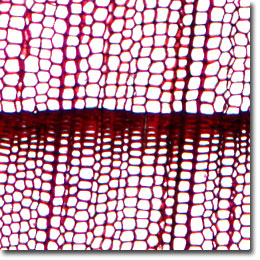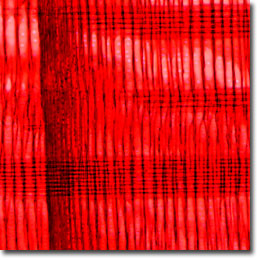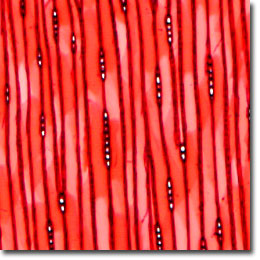The Western Red Cedar
The Western Red Cedar (Thuja plicata; also known as the Giant Arborvitae) is a softwood tree found primarily through the upper coastal ranges of western Canada and the United States from Alaska south through British Columbia. Some trees are also found in Washington and Oregon and east to Idaho and Montana. The sapwood is nearly white, while the heartwood is red to pink-brown (sometimes a dull brown) in color.

Cross Section

Radial Section

Tangential Section
The western red cedar is a valuable evergreen timber tree and is highly valued as an ornamental, with some specimens reaching heights of 200 feet. Bright green leaves remain colored in the winter and the oblong cones grow to about three-quarters of an inch in length. Cedars grow best in regions with copious rainfall and fog, and often succumb when moved into areas with protracted heat and drought.
Millions of homes have been built with western red cedar, because this wood is very lightweight and easy to finish. Western red cedar is also a natural insulator. The wood is used for all purposes where durability and ease of working are of primary importance. It is especially useful for caskets and coffins, siding, tank stock, porch columns, hothouse construction, boats (the planking of racing shells), and also for interior finishing. Western cedar is also frequently used for veneer, both for faces and backs, especially in the manufacture of exterior siding.
Microscopic examination of iron-alum hematoxylin and safranin stained thin sections (see the digital images presented above) reveals medium to coarse tracheids having an average diameter between 30 and 40 micrometers. Bordered pits occur in one to two rows on the radial walls, and lines of banded parenchyma are variable in distribution. The rays are uniseriate.